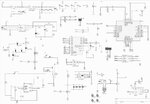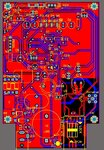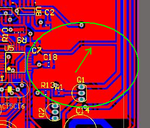m3r
Junior Member level 1

hi
i use lm35 temperature sensor and stm32 f030k6 for reading sensor output
when i call sim800 , lm35 output is noisy and incorrect value and When I open the antenna, the noise disappears.
How can I remove this noise?
thanks
i use lm35 temperature sensor and stm32 f030k6 for reading sensor output
when i call sim800 , lm35 output is noisy and incorrect value and When I open the antenna, the noise disappears.
How can I remove this noise?
thanks



